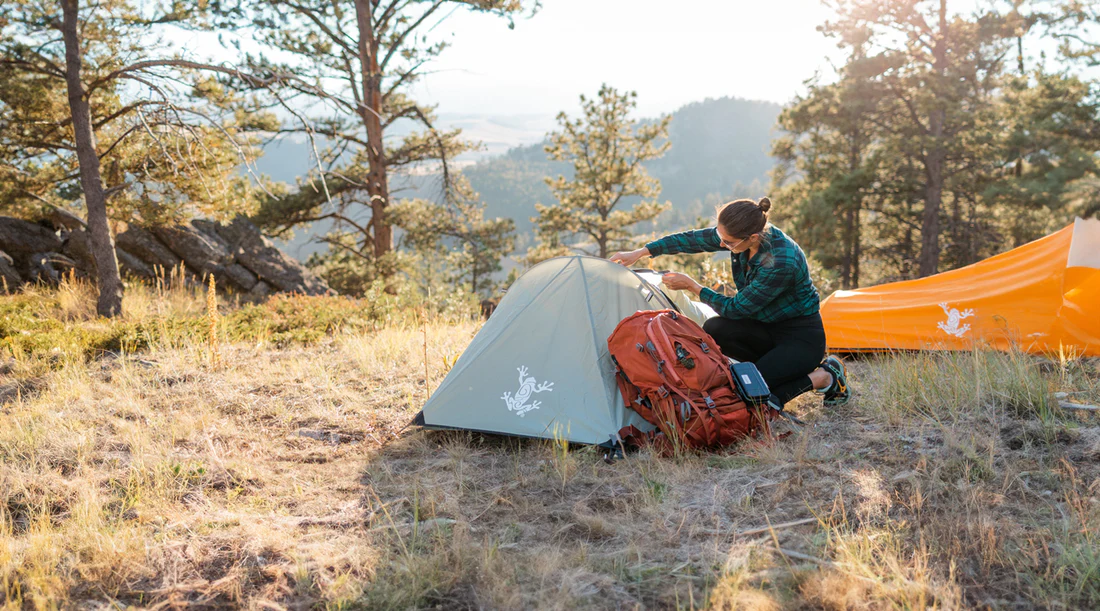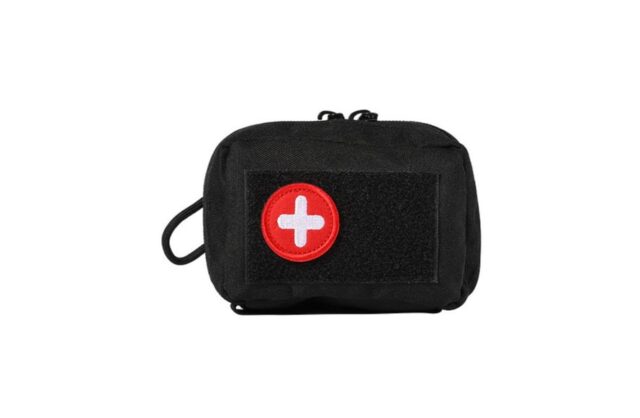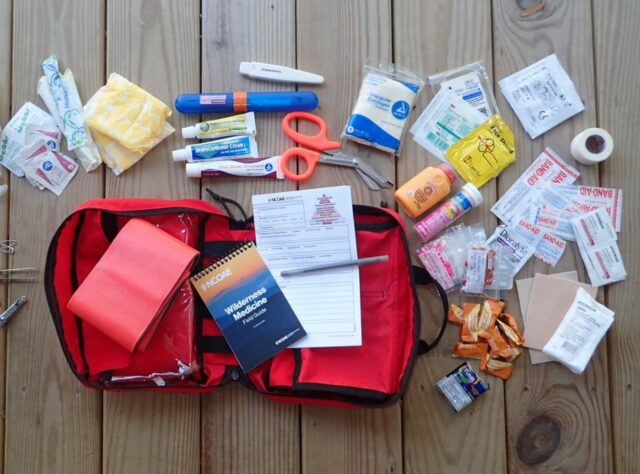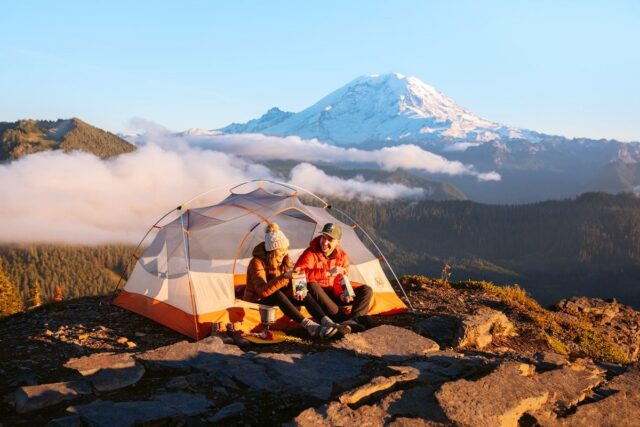
Going into the wilderness for hiking or camping brings freedom, but it also carries risks. A twisted ankle on a trail, a blister that turns nasty, or even a small cut can turn into a big problem when you are miles away from help.
That’s why packing the right medical gear is not optional – it’s part of being prepared and making sure every trip is safer and more enjoyable.
Why Safety Gear Is Essential Outdoors
Hiking and camping often take you into environments where small mistakes can have outsized consequences. Unlike in a city, medical help is not around the corner. Something as minor as dehydration, heat exhaustion, or an insect bite can ruin your trip – or worse, put you in real danger.
Preparedness isn’t about paranoia, it’s about freedom. When you know you have the gear to handle the unexpected, you can fully enjoy the trail without worrying about every “what if.” That balance of confidence and caution is the foundation of safe outdoor travel.
Building the Basics ─ First Aid Kits That Actually Work
Every hiker should carry a compact kit that addresses the most common injuries: cuts, scrapes, burns, stings, and blisters. These items may not sound dramatic, but they are the ones most likely to happen.
A simple Boo Boo kit is a good starting point. It contains everyday essentials like adhesive bandages, gauze pads, antiseptic wipes, and medical tape. You can read more about what a Boo Boo kit actually includes and how it differs from more advanced trauma kits. For most hikers, this type of kit is enough for day trips or camping in areas where help is nearby.

Essentials for a Basic Hiking First Aid Kit
- Adhesive bandages in various sizes
- Sterile gauze pads and medical tape
- Antiseptic wipes or alcohol pads
- Antibiotic ointment
- Tweezers and small scissors
- Moleskin or blister pads
- Pain relievers like ibuprofen or acetaminophen
These basics solve 90% of trail issues. However, if you plan to go deep into the backcountry, you need to think beyond the basics.
Going Further ─ Trauma Gear for Remote Adventures
While a Boo Boo kit covers small injuries, more serious issues call for a trauma kit. Imagine slipping on loose rock and suffering a deep cut, or taking a fall that results in heavy bleeding. Without proper supplies, the situation could turn life-threatening before help arrives.
A trauma kit is designed for those emergencies. It typically includes:
- Tourniquet for severe bleeding
- Trauma bandages and hemostatic dressings
- Chest seals for penetrating injuries
- Elastic bandages for sprains and support
- Nitrile gloves and protective shears
If your trip takes you into areas with long response times, carrying trauma gear is smart. Even if you never use it, you’ll be grateful it’s there.
Navigation and Communication ─ Safety Beyond Bandages
Medical gear is only part of staying safe outdoors. Knowing where you are and how to get help can be just as critical. Carrying a map, compass, or GPS device reduces the chance of getting lost. For longer treks, a satellite communicator or emergency beacon ensures you can reach help if something goes wrong.
Pairing communication tools with first aid equipment creates a complete safety net: you can treat injuries while waiting for help to arrive.

Personalizing Your Medical Kit
No single kit fits every hiker or camper. Your gear should reflect your environment, health needs, and trip length. If you have allergies, carry extra antihistamines. If you hike in snake country, consider adding a pressure bandage. Families with kids may need more adhesive bandages and comfort items.
It helps to think through scenarios: What if you sprain your ankle two miles from camp? What if someone cuts a finger while cooking? If you can answer those questions with your gear, you’re on the right track.
Training ─ The Most Overlooked Piece of Safety
Gear without knowledge can give a false sense of security. A tourniquet is only useful if you know how to apply it. Even basic items like gauze or tape can be misused if you’ve never practiced.
Taking a wilderness first aid course is one of the best investments for any outdoor enthusiast. These courses teach how to handle injuries in environments where help may be hours away. They also cover prevention strategies, which often matter more than treatment.
Practical Safety Tips for Every Hiker and Camper
Carrying medical gear is only half the equation. Good habits make a bigger difference than the contents of your pack.
- Hydrate and eat smart: Many emergencies start with dehydration or fatigue.
- Layer clothing wisely: Staying warm and dry prevents hypothermia.
- Plan your route: Share it with someone before heading out.
- Check conditions: Weather shifts fast in the mountains.
- Know your limits: Overexertion leads to mistakes and injuries.
Following these principles reduces the likelihood of ever needing your medical gear.

Advanced Additions for Longer Expeditions
If you’re going on multi-day trips or into rugged, isolated areas, consider expanding your kit:
- Splints for immobilizing injuries
- Rehydration salts for heat exhaustion
- Emergency blanket for shock or cold
- Burn gel packets
- Water purification tablets or filters
These items don’t take up much space but can make a critical difference in extended emergencies.
Final Thoughts
Hiking and camping safety is about preparation, not paranoia. Carrying the right medical gear means small problems stay small and big problems are survivable until help arrives. A simple Boo Boo kit will cover most day hikes, while trauma gear and training prepare you for the rare but serious incidents.
When you pack smart and train well, you protect yourself, your friends, and your freedom to enjoy the outdoors. Safety doesn’t limit adventure – it makes adventure possible.






